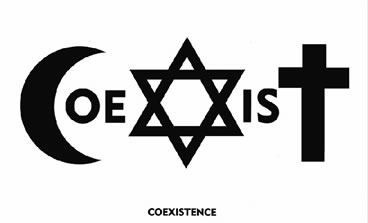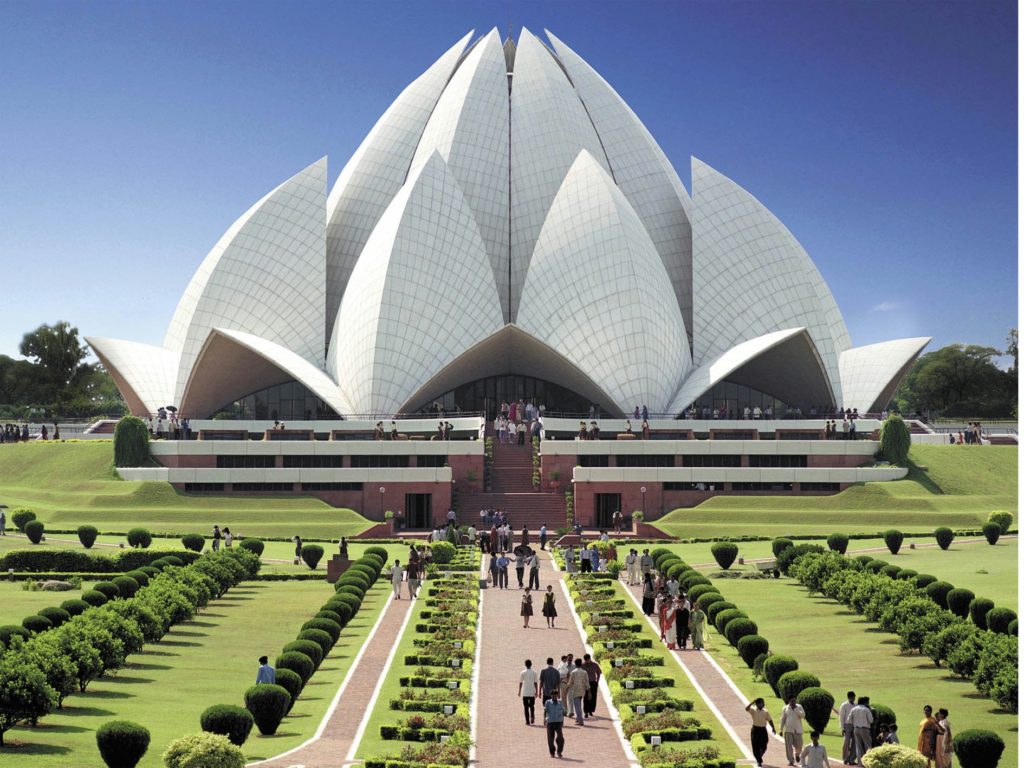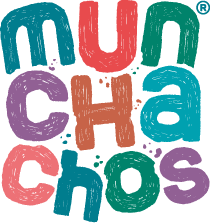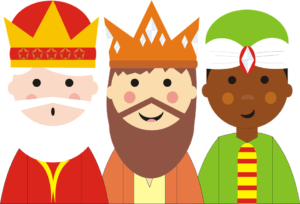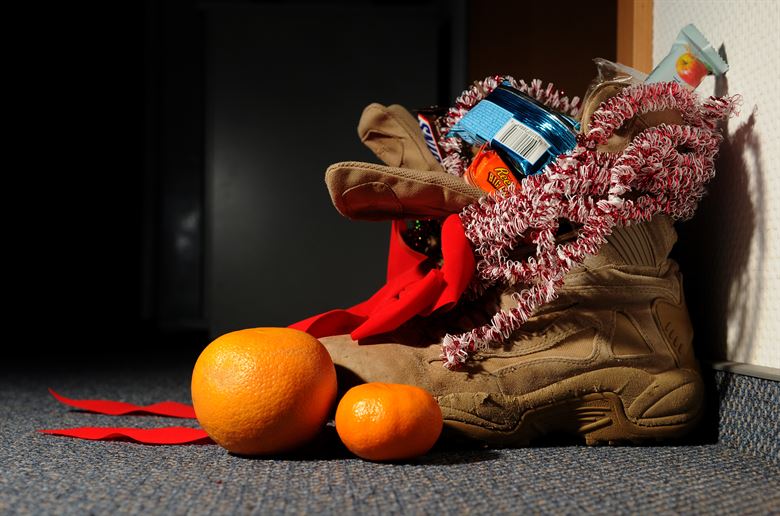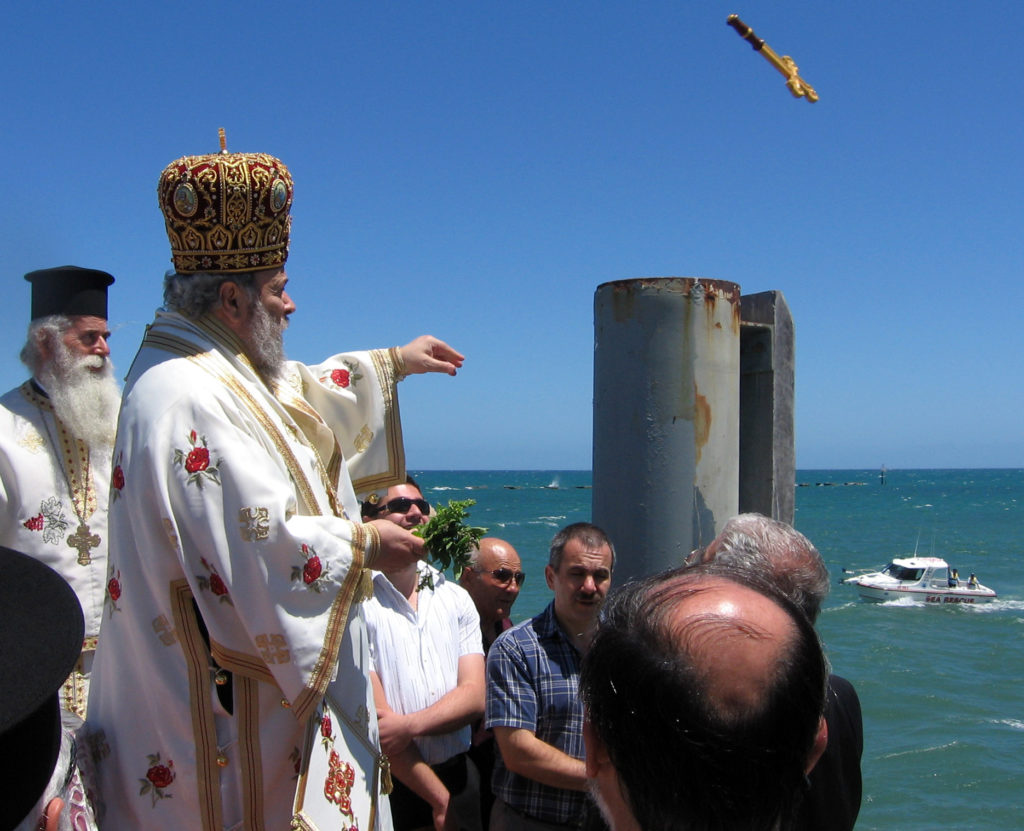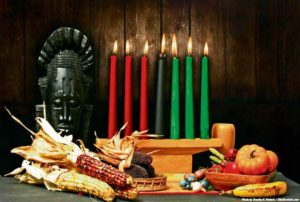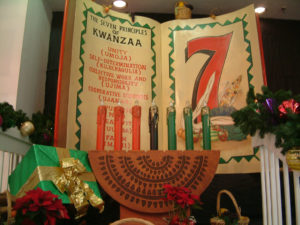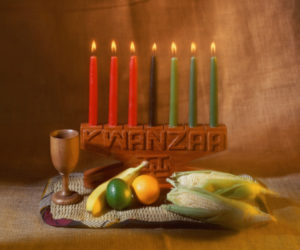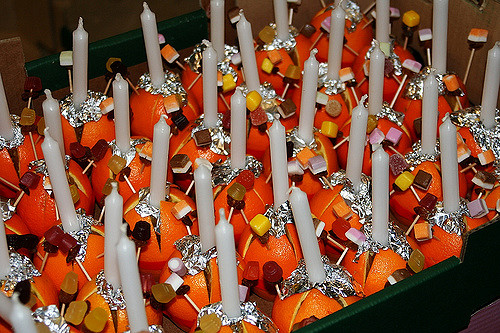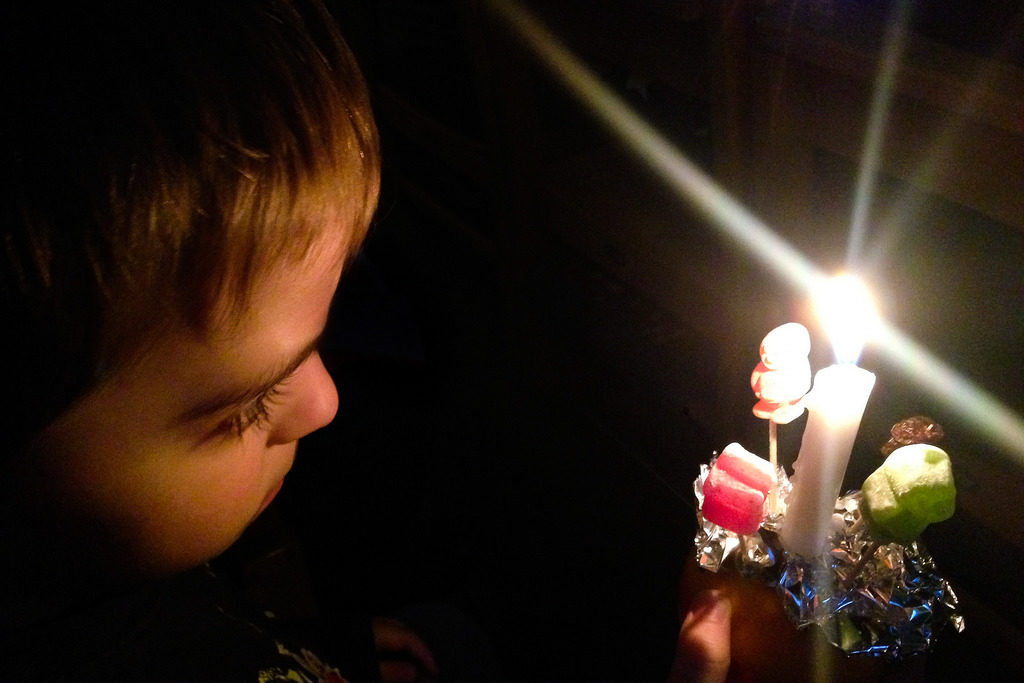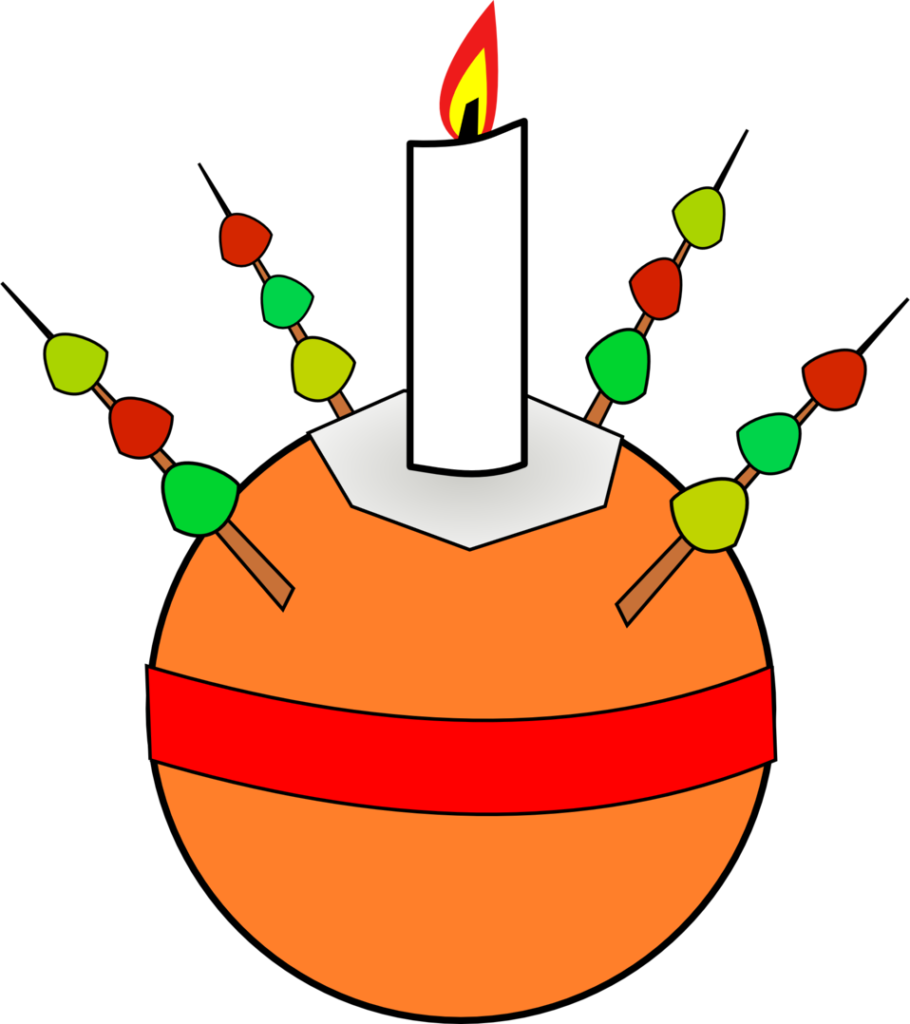
It’s New Year’s Eve! A time for celebrations! But how will the members of our Munchachos Family be ringing in 2019?
In France, New Year’s Eve is called La Sant-Sylvestre. One French tradition is to kiss under the mistletoe at the stroke of midnight in order to bring good luck and ward off evil spirits for the year ahead.
Spaniards eat 12 grapes one by one, in time with the striking of the clock at midnight on the 31st. If you eat them all in time, you will have a lucky and prosperous year ahead.
In Germany, one tradition is to melt little bits of lead over a small flame and then drop it quickly into cold water. The strange shape it then takes on are supposed to reveal what the year ahead will bring.
In Jamaica, it is unheard of to have piles of dirty laundry waiting to welcome the New Year.
1st January is not as significant in China as in other parts of the world as they have their own new year in late January-early February which they celebrate with millions of Chinese lanterns, dragon displays and fireworks (we’ll blog about this at a later date!)
At midnight on New Year’s Eve, many Mexicans open the door and symbolically sweep out ‘the old’. At midnight, they toss 12 cents (coins) on the ground and sweep them into the house for prosperity.
Many Italians wear red underwear to bring luck in the coming year!
One of the best-known New Year’s Eve traditions in the USA is watching the colourful crystal ball drop in Times Square. As many as a million people attend a party in the square and enjoy musical performances and fireworks..
In Canada there is a tradition of clapping and roaring at the time of midnights to push away all the past evils and negative energies.
Thanks to their location, New Zealand is one of the first countries to celebrate. the New Year. Because the country has quite a large number of Scottish immigrants, many of the traditions have Scottish heritage; including wearing kilts on New Year’s Day and ‘first footing’ where the first person to cross a threshold of the house after midnight brings good luck!
In Greece, the biggest event for a household is the Pothariko, when the first born son of a family must be the first to cross the threshold of the house with their right foot. This will bring luck to the household for the whole year. In some areas of Greece this person holds a pomegranate whose seeds symbolise happiness and good fortune.
And back at home, there is a belief that the first guest to enter through the front door should be a young, dark-headed male bearing gifts such as bread (to be full), salt (to be wealthy) and coal (to stay warm).
Sign up to Munchachos here and download our FREE app to explore, have fun, learn loads and get worldwise.
